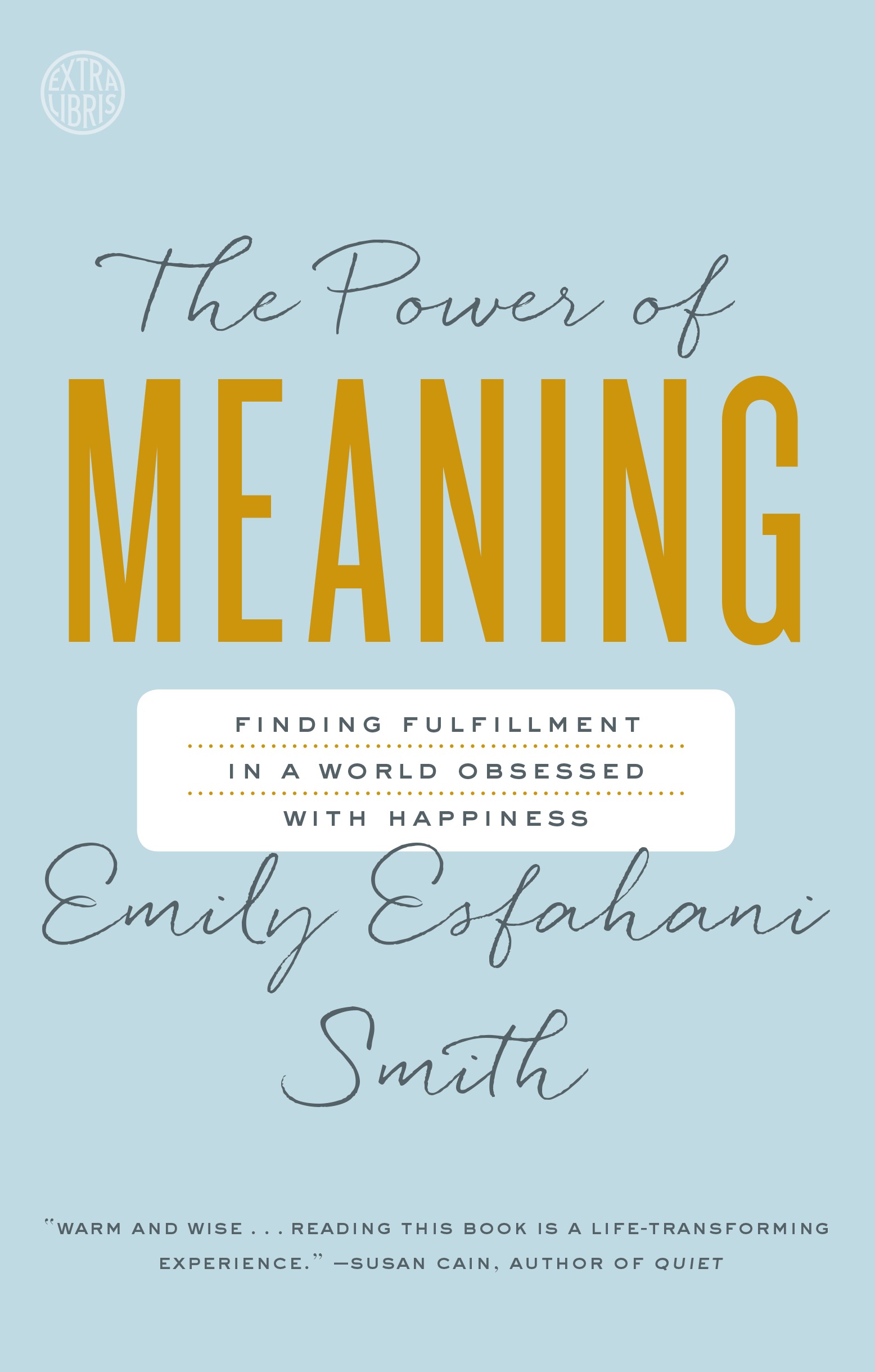Art has always had a very close relationship with religion. Either art had overtly religious themes, taking stories from the Bible or classical myth; or it was used for mystical purposes, as altarpieces and devotional relics; or it was, in some way, an expression of “the spiritual quest,” as Camille Paglia has put it. (Gauguin captured the questions art asks and seeks to answer in the title of his famous painting of Tahitian women: Where Do We Come From? What Are We? Where Are We Going?) Though we live in an age in which religion has been increasingly pushed out of public life, art itself continues to be a source of transcendent meaning for many people. Two new influential books, The Goldfinch and Art as Therapy, illustrate the role art plays in an irreligious age—and each comes to different conclusions about why art matters.
Several months after its publication, Tartt’s novel The Goldfinch continues to sit on top of the fiction bestseller list, and with good reason. On the surface, it is a Dickensian tale full of interesting and compelling characters. And there is a deeper reason why the novel has resonated so strongly with the public. Unlike many of the works of fiction released today, Tartt’s novel is traditional in many senses, especially and most importantly in its themes. The salvation of a lost soul, the redemptive power of beauty, and the search for meaning and order in a fallen world are all brought to life in the story she tells about Theodore Decker, a thirteen-year-old boy whose life plunges into chaos when his mother dies in a terrorist attack at the Metropolitan Museum of Art. Eventually, Theo’s deadbeat dad meets his end too, leaving the boy orphaned, lonely, and helpless in a hostile and disordered world. Over the ten years that we follow him, Theo aimlessly moves through life with nothing much to live for—nothing, that is, except a small, enigmatic painting of a goldfinch by the Dutch master Carel Fabritius that, through a strange twist of fate, Theo has in his possession. . . . continue reading at The New Criterion.


